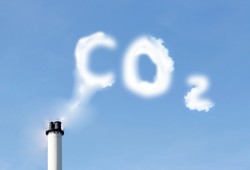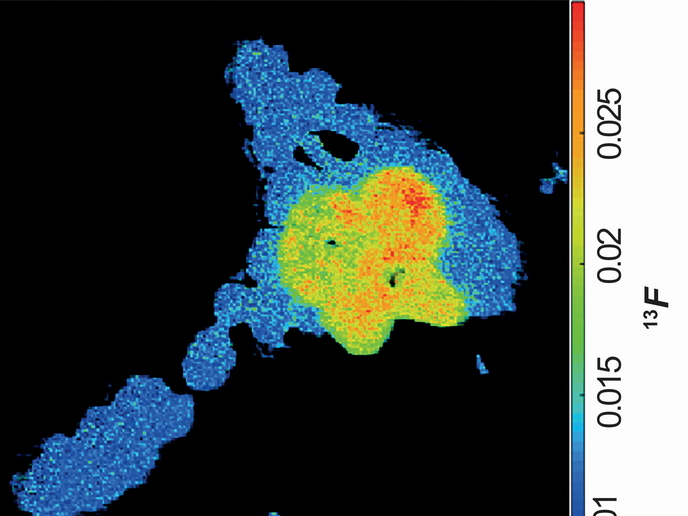New candidates for carbon capture
Owing to rising CO2 levels in the atmosphere, global warming is a looming crisis that needs to be addressed immediately. Existing commercial CO2 capture facilities are based on the wet scrubbing process using aqueous alkanolamine solutions. This process suffers from issues with corrosion, amine degradation and solvent losses. Therefore, there is a crucial need for new materials for efficient CO2 separation. The EU-funded NABPIL (Novel amide based polymeric ionic liquids: Potential candidates for CO2 capture) initiative aimed to design, produce, characterise and test a new class of novel amide-based ionic liquids for CO2 capture. The goal was to develop novel ionic materials that have high CO2 sorption capacity while remaining cost effective. NABPIL studied the sorption capacities of new ionic materials in powder form. The researchers used an adsorption process as it has better energy savings potential when compared to conventional solvent processes. The research team evaluated polymeric ionic liquid sorbents for CO2 capture as well as separation performance. They also carried out quantum chemical calculations to measure the affinity of amide ionic polymers for CO2 capture. Project researchers found that some of the ionic liquids in the adsorption step surpassed the highest values reported in literature to date for such materials. NABPIL was able to synthesise these ionic liquids by making ionic monomers and then polymerising them. This work holds the potential to greatly improve carbon capture and storage methods and contribute to limiting global warming due to greenhouse gases.







